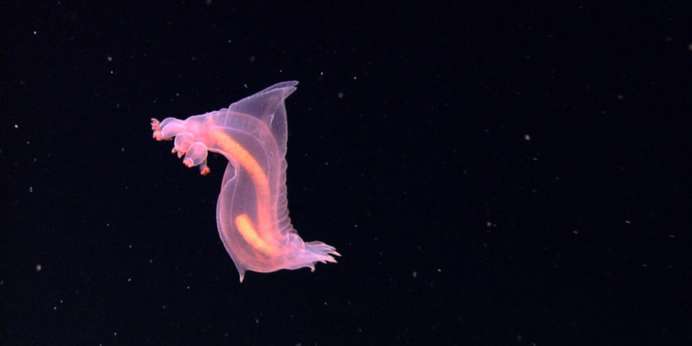
Humans have always been fascinated by light-producing organisms. Biofluorescence and bioluminescence are two naturally occurring phenomena that people can observe in certain creatures that have evolved to produce or emit light. While these capabilities may seem very similar, biofluorescence and bioluminescence have unique characteristics that make them quite distinct from one another. In this post, we will discuss these differences.
What Is Biofluorescence?
Biofluorescence is not a chemical reaction. Biofluorescent plants and organisms absorb low wavelength or dim light, then emit high wavelength light that makes the creatures glow against a dark background. This means biofluorescent organisms do not give off light from their own power source, nor is it a chemical reaction. The light emitted is a completely different color from what’s absorbed — usually green, red or orange.
Examples of biofluorescence are ocean organisms such as corals, jellyfish and a wide array of fish that use this capability for communication, camouflage or mating purposes. However, many additional functions may also explain this phenomenon.
New discoveries in biofluorescent coloring may be used to develop new products, especially in medicine.
How to Measure Biofluorescence
A fluorometer generally measures biofluorescence. This instrument measures the various characteristics of fluorescence, including its intensity and the wavelength distribution of the emission after the sample is excited. The unit generally used is relative fluorescence units (RFU).


